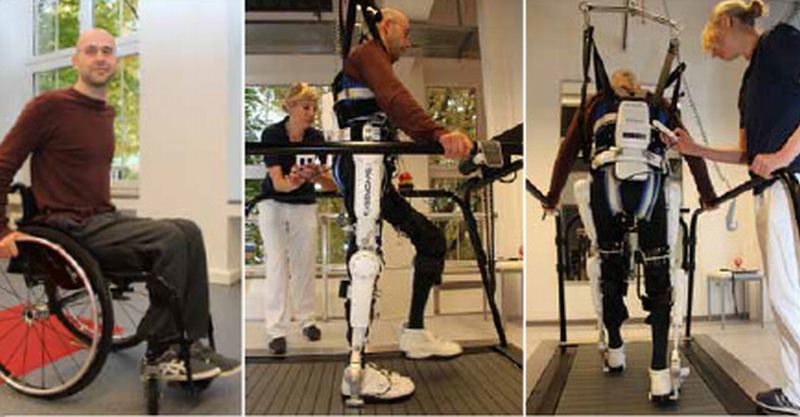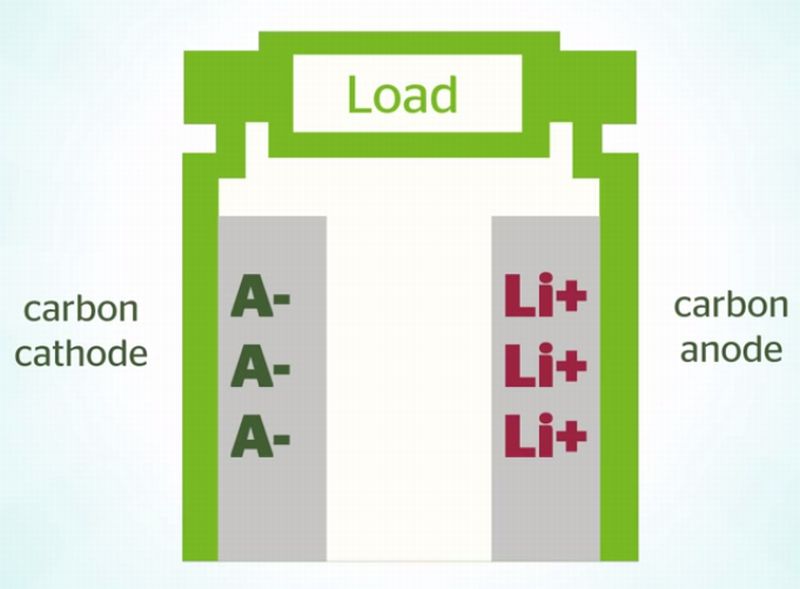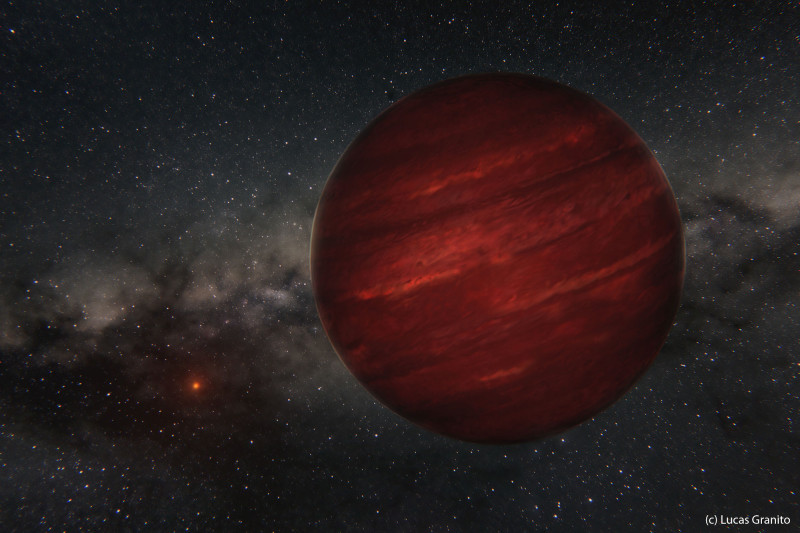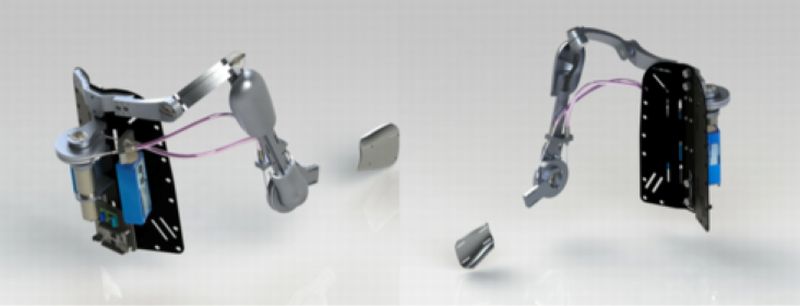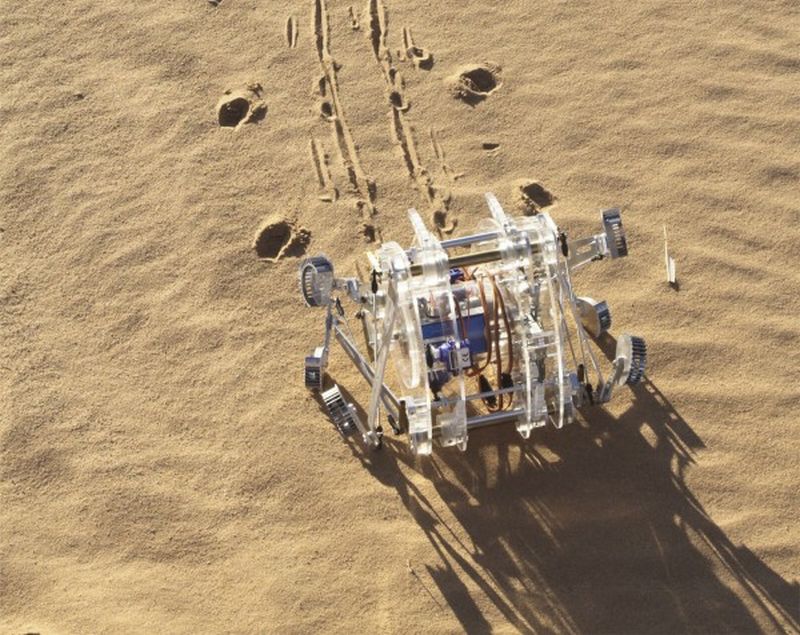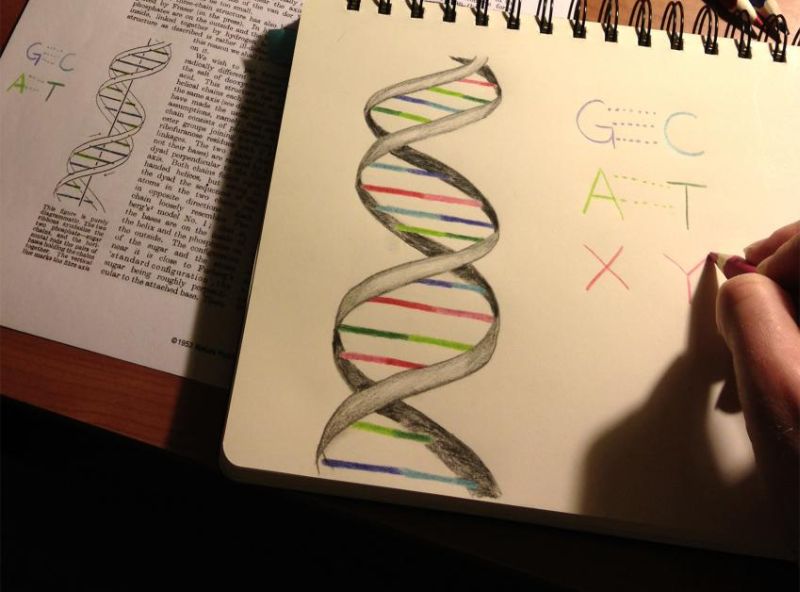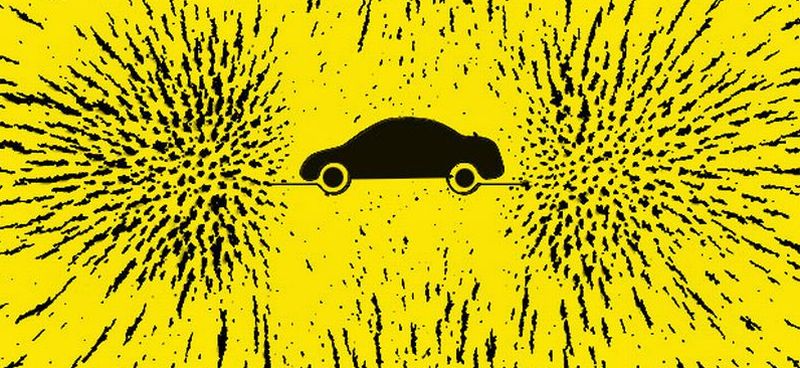Team of researchers at the Centre for Neurorobotic Movement Training (ZNB) in Bochum is testing the HAL robot suit, which was initially fabricated by Japan in 2011. The robot suit was aimed at providing self-sufficiency to patients who have been paralyzed from the waist down. The condition, paraplegia causes impairment in both motor and sensory function of the lower limbs hence, the brain signals fail to co-ordinate within the limbs. And the weak signals are then lost within the system. It is here that the HAL robot suit comes into play.…
Read MoreTag: research
Biomimicry: Outrunner’s Steering based on Bipeds Walking Mechanism
In an effort of inculcating the sci-fi trends – where robots are doing the great things – into the real world, researchers at the Robotics Unlimited, a spinoff of the Institute for Human and Machine Cognition (IHMC) in Florida, are working hard towards designing bots that might assume a role into the everyday life of humanity. Thinking on the same lines, they have developed a Kickstarter project, aim of which is to fabricate next-gen robots. The robots are designed keeping simplicity and convenient operation in mind along with affordability. After…
Read MoreGraphene Ushering the League of Viable Engine for Nanodevices: Lattice Mimics two-stroke Engine
Graphene is one of those rare gifts of nanotechnology that is still not unwrapped fully. Not long ago, we discovered that how sliding water over graphene generated electricity. Every time, researchers conduct an experiment, the lattice of carbon atoms pops up with different surprise. Lately, such revelation has brought to the fore by researchers at National University, Singapore. They have morphed a single layer of graphene along with certain amount of chlorine and fluorine atoms to create a two-stroke combustion engine. Similar mechanism although at a macro-scale is used for…
Read MoreRyden Dual Carbon Battery: The Energy Storage Breakthrough for EVs
Power Japan Plus, a Japanese power company has stated that they have come up with a revolutionary battery technology that can easily beat the energy density of stereotypical batteries used in automobiles. They have termed it the Ryden dual carbon battery. With respect to the existing lithium ion batteries, the product has an ability of charging 20 times faster without reaching to the highest level of temperature where it requires cooling or burst like lithium-ion battery. This makes it safer, reliable and sustainable relatively, claimed the company. Power Japan envisions…
Read More10 Unanswered Puzzles about Science: Will They Ever Reach Consensus?
Even though we have made tremendous progress in science, yet there remains a mystery when it comes to give reasons to some everyday activities. These mundane stuffs generate the same kind of awestruck curiosity to scientists as it does to a toddler. Some of these bewildering questions are: 1) Slipperiness of Ice The unusual & unique properties of water have given numerous explanations about ice being slippery. Experts have dispensed most of the theories propagated so far and there could be more variations in the future discoveries envision majority of…
Read MoreStimulating Neurons can modify Human Learning: Curbing the Addictive Behaviors
Neuroscientists at the University of Pennsylvania have put forth a research as per which excitation of a set of dopamine-sodden neurons within the brain has substantial chances of altering the learning process. These neurons are present in substantia nigra, the grey matter in the midbrain. Stimulating this patch of the brain has resulted in altered learning by swaying people to reiterate physical actions leading to positive reinforcement producing immediate reward. For the experiment, eleven individuals who were going through deep brain stimulation (DBS) treatment for Parkinson’s disease were taken into…
Read MoreGU Psc b: Another Exoplanet Discovered Through Direct Imaging
Space scientists have discovered a new planet by collective observations from the Gemini Observatories, the Observatoire Mont-Mégantic (OMM), the Canada-France-Hawaii Telescope (CFHT) and the W.M. Keck Observatory. The gas giant is situated around GU Psc, in the constellation Pisces and is believed to be 3 times less massive than the Sun. The distance between the planet GU Psc b and its star GU Psc is approximately 2,000 times Earth-Sun distance. With this distance, it would take the planet nearly 80,000 Earth years to complete just one orbit around its star.…
Read MoreTitan Arm: An Affordable, Streamlined and Wireless Upper Body Exoskeleton
Resemblance back to the normal lifestyle after getting an injury to either of the limbs is li’l difficult. Although there are physical therapies available but the process is quite lengthy plus there isn’t enough guarantee of making hundred percent recuperation. Robotics does offer an alternative solution in terms of prosthetics but the cost factor has always remained one of the biggest huddles. Research students from the University of Pennsylvania have come up with a robotic arm exoskeleton, which is portable, powerful and at the same time quite an affordable invention.…
Read MoreBiomimicry: Tabbot Mimics Cartwheel Movement of Desert Spider
After the termites inspired crew of tiny autonomous bots, insect-inspired Micro-Robots and Gimball, biomimicry has a new entrant called the Tabbot. It is a tiny bot inspired from Morocco based spiders famous for doing cartwheels effortlessly. Interestingly, these spiders are capable of doing cartwheels up and down the sand dunes. Ingo Rechenberg, a professor at the Technical University of Berlin has been credited for this discovery. In order to preserve and utilize the resourcefulness of this unique mode of locomotion, the researcher has already fabricated a small bot that works…
Read MoreRight Enzymes Replicated the Semi-Synthetic DNA: Expanded-DNA Biology
Scientists always dig deeper into the functioning of nature in order for their better understandings. At times, these trials and errors have given rise to serendipity or accidental discoveries in science, amongst others, recent being how sliding saltwater over graphene generated electricity. While at other times, these experiments go beyond the natural order of workings even at the miniscule level.
Read MoreIllustris is New Time Machine: Simulation of the Realistic Virtual Universe
We know how our universe look today and we have pretty good idea as to how it looked before the things started taking shape somewhere around the Big Bang. But we have no idea how the galaxies evolve and what was before the Big Bang. In order to study this, researchers at the MIT have built a computer simulation, they have named it the Illustris. This simulation is so complex that calculating on single desktop might take 2k years alone and its volume comprises around 215m light years. Although there…
Read MoreMagnetic Fields in Electric and Hybrid Cars Involve No Threat: Cars under Safety Margin
Majority welcomed the vehicular era when electric and hybrid automobiles took to the center stage. While there were still others who were doubtful regarding the dangers that might affect the passengers including drivers imposed by the possibly generated electromagnetic fields. However, the increasing number of electric car ownership has thwarted this idea. Seven various electric cars, including hydrogen, gasoline and diesel powered cars, were put under survey by SINTEF, Norway and they discovered that exposure of the electromagnetic radiation was less than 20%. A limit, which was suggested by ICNIRP,…
Read MoreHigh Fiber Diet helps in Combating Overeating Problems: Acetate for Eating Disorders
Researchers from the Medical Research Council (MRC) and Imperial College London have discovered an anti-appetite molecule named as acetate. These acetate molecules are discharged when our body digests fibre. The released acetate molecules carried to the brain, which then signals our body to stop consuming more food.
Read MoreUnlocking East Antarctica would yield to Escalation in Sea-Level Rise: The Uncontrollable Ice-Melt
Today cities situated along the coast or on the islands are under constant threat, posed by the sea level rise caused due to changes in the climate. As the climate gets warm, sea level would rise due to melting of glaciers and it is known fact that warm water requires more space than compact water stored in the form of ice. Therefore, researchers are continuously monitoring changes in the climate and its impact on the lives of millions of humans that would get displaced if the sea level rise considerably.
Read MoreAbsence of Large Mammals Lead to Escalation of Disease-Carrying Rodents: Ecological Imbalance
Every creature that lives on this planet has a role to play in maintaining a balance in the nature. Many animals have got extinct or on the verge of getting extinct, mainly because of human activities like deforestation, poaching, pollution and other activity. Following the extinction of large animals, the population of smaller animals like rodents will surge rapidly and this imbalance will have dire consequences on the health of humans.
Read More
